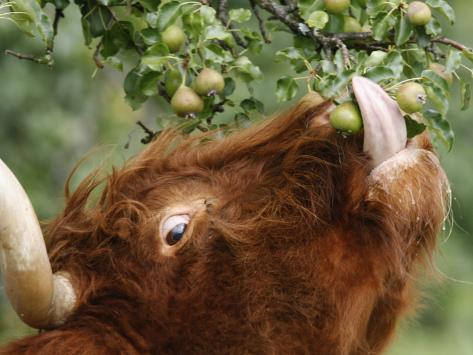Perennial Forage Crops for the North
It is not widely known that the cattle we are familiar with in our part of the world originated in the forests and swamps of Northern Europe.
During the warm summer months, they would spend their time in the swamps, keeping cool, and grazing on the grasses and aquatic plants, much in the same way as moose do here in these parts today.
When winter descended, the cattle would move into the sheltered forests and survive through the winter by foraging on the undergrowth, and lower branches of trees.
Tree hay is a term used for the practice of pruning trees in July, when nutrients are high, and stored until winter when it is fed to livestock.
The animals strip the leaves, tips, and bark from the tree hay and it provides a mineral rich alternative to standard hay made from grasses.
Notice in this video that they are using standard coppice tree species, which means that the tree will grow back vigorously. A multi-functional aspect of this technique is that the animals process the wood so that the end product is suitable as fuel for a rocket mass heater.
Pines (so long as you don't plan on butchering the animal shortly after as it imparts an unpleasant flavour), Alder, Poplar (except black poplar), Silver Birch, Linden, willow, mulberry, elder.
Gorse has historically been used as a highly nutritious animal fodder which is preferred by livestock. It is cut right to the ground once every 2 years, with the top of the plant used for fodder, and the rest for animal bedding and fire wood.
Be aware that wilted maple and cherry leaves contain toxins that are harmful to animals, however fresh and dried are fine.

No comments:
Post a Comment